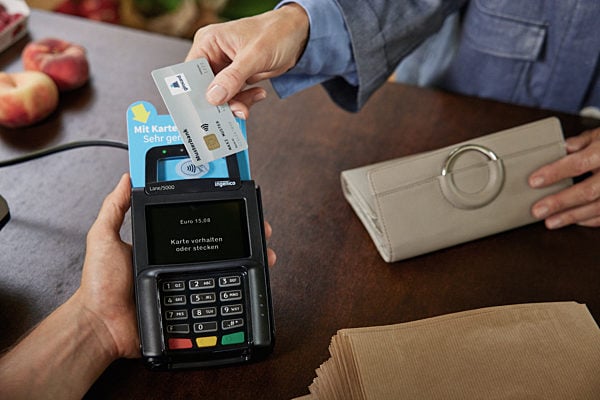The move came just two days after another hefty cut in banking jobs was announced by rival CaixaBank, which said it was planning to axe 8,300 staff.
“BBVA wants to lay off 3,800 people. These redundancies would affect 16 percent of the workforce, 3,000 in the branch network and another 800 in the bank’s central services,” the CCOO Workers’ Union said in a statement.
It said the bank was planning to shut down 530 of its branches, denouncing the dismissal plan as “indefensible and scandalous” and warning it would stage a protest.
It was the latest bank to announce layoff plans as the sector struggles to cope with record-low interest rates and an economic downturn sparked by the coronavirus pandemic, along with a surge in popularity of online banking services.
In mid-November, BBVA announced it was locked in talks about a possible merger with smaller rival Banco Sabadell in a tie-up that would have created a top player within Spain’s banking sector.
But just weeks later the plans were scrapped.
There has been a wave of consolidation within the sector which has been encouraged by Spain’s central bank, with Caixabank completing a massive merger with its smaller rival Bankia last month.
On Tuesday, Caixabank confirmed it would shed nearly one in five jobs, affecting 8,291 staff, in cutbacks which were necessary as a result of the “overlaps and synergies derived from the merger and the current market circumstances,” it said.



 Please whitelist us to continue reading.
Please whitelist us to continue reading.
Member comments